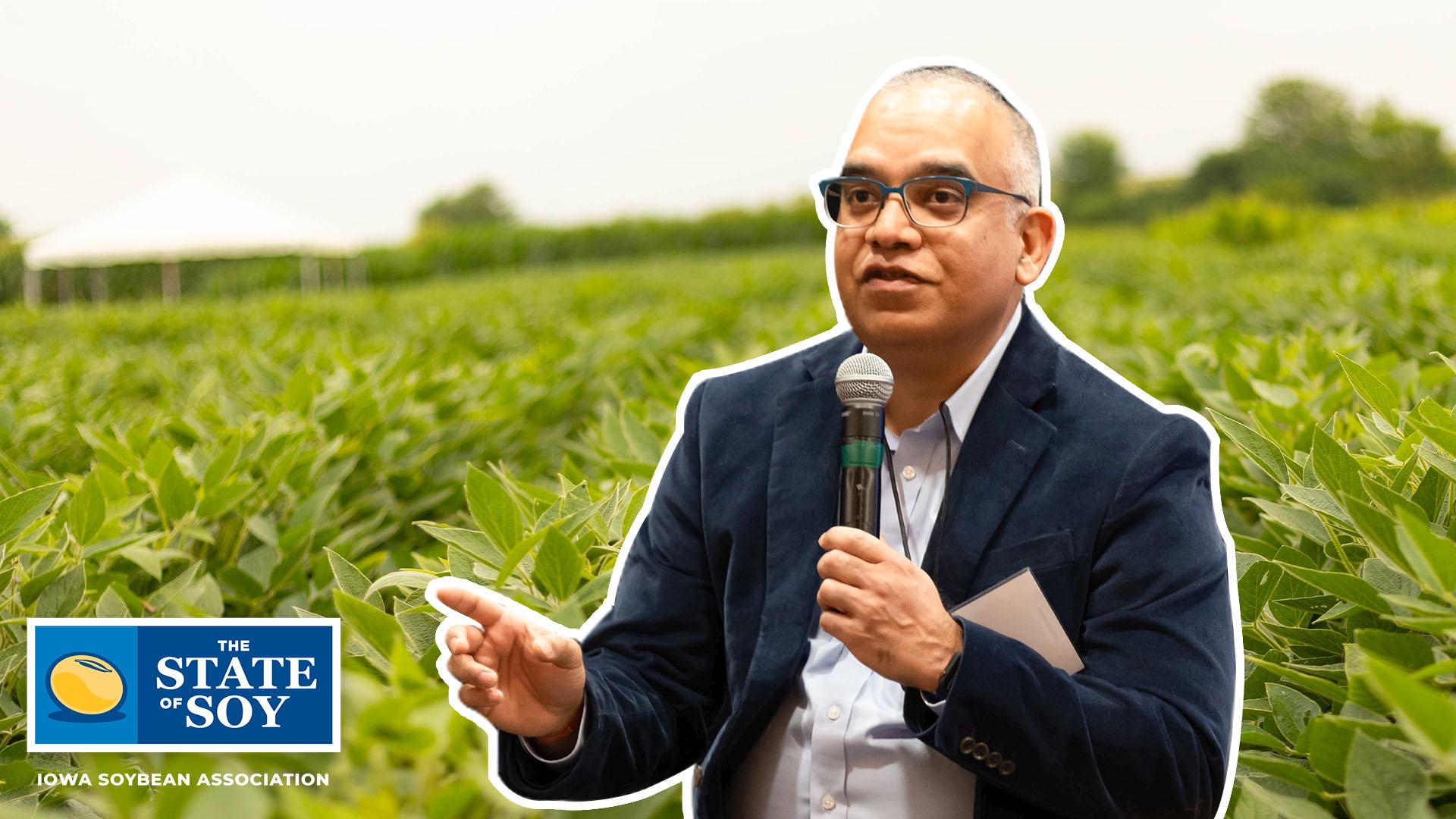Soybean producers across Iowa have found themselves in the crosshairs of an intensifying trade conflict between the United States and China. The agricultural landscape shifts beneath their feet. Yet despite market volatility, a careful optimism permeates among farmers as bilateral discussions approach.
Grant Kimberly, serving both as a soybean farmer and senior director of market development for the Iowa Soybean Association, contemplates the present situation with measured hope. Weekend negotiations between American and Chinese officials might represent initial strides toward dismantling the towering tariff barriers. “The tariffs, I think, are set at around 145%,” notes Kimberly. Such prohibitive rates have dramatically reshaped export patterns for Iowa’s agricultural community.
The swift decline in soybean prices has prompted growers throughout the heartland to implement tactical pivots in their operational approaches. Farmers haven’t remained passive during these trade disturbances. Various protective mechanisms exist within their agricultural toolkit. Planting decisions, forward contracting, and diversification strategies have all been deployed to weather economic headwinds that blow across the prairie.
American soybean cultivation yielded 4.3 billion bushels during the 2024 harvest cycle. Iowa farmers contributed significantly to this bounty, producing approximately 597 million bushels – nearly 14% of national output. These impressive figures materialize despite market turbulence. The productive capacity remains robust even as economic returns weaken.
The tariff situation evolved dramatically in recent months. President Donald Trump announced global tariffs before adjusting to a 10% baseline with specific exceptions, notably China. The response came swiftly – China implemented a 34% reciprocal tariff on April 4, which escalated tensions dramatically. The retaliatory cycle amplified duties beyond 100% for both nations. Jonathan Reynolds, a 27-year-old farmer managing 1,600 acres at Springhill Farms in Hickman County, articulates the predicament many producers face: “I’m sitting at 25 to 30% sold already for this coming crop, and I’m just going to kind of wait and see what happens, because… it’s too early to start locking in a loss on our crop right now”.
Transportation logistics represent another crucial aspect of this multifaceted trade situation. A recent development involving potential tariffs on Chinese vessels adds complexity to the equation. In January 2025, the U.S. Trade Representative’s Office determined that China’s maritime practices “burden or restrict” American commerce. The proposal would impose substantial port fees – potentially reaching $1.5 million – on vessels with Chinese connections. Since over half of American soybeans travel international routes to reach buyers, shipping constraints create additional uncertainties.
Predictably, planting decisions reflect the tense marketplace dynamics. The USDA’s March estimates indicated farmers would plant 83.5 million acres of soybeans this year, reflecting a 4% decrease from previous seasons. Iowa alongside other major producing states – Illinois, Minnesota, Nebraska, and the Dakotas – anticipates acreage reductions exceeding 300,000 acres each. Farmers adapt their cultivation strategies against a backdrop of persistent price pressures.
Alternative markets have begun emerging as producers seek refuge from tariff impacts. Brazil represents a competitive option, though Kimberly acknowledges its limitations: “Other international soybean markets like Brazil are starting to open, but they offer nothing close to China’s buying power”. The fundamental reality remains unchanged – China dominates global soybean procurement, purchasing approximately one-quarter of American production during normal trading conditions.
The administration claims meaningful dialogue progresses with India, South Korea and Japan. President Trump recently declared that “more than 100 countries are calling to make deals”. However, soybean producers continue wondering whether China – which typically consumes 60 percent of worldwide soybean exports – will reach a workable accommodation with American trade representatives.
For farmers like Kimberly, who tends fields near Maxwell, Iowa, the most effective remedy would involve finalizing trade agreements before the traditional export surge begins in early autumn. Until then, producers will continue navigating uncertain waters while maintaining their essential role in America’s agricultural foundation. Their resilience faces persistent testing. The agricultural community awaits diplomatic breakthroughs with cautious anticipation.









